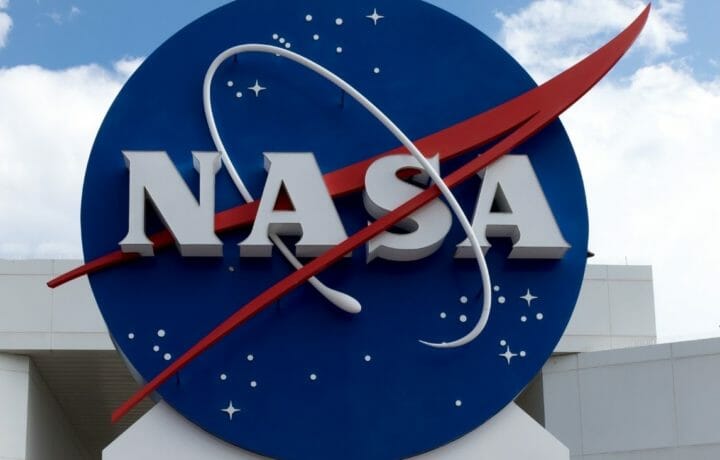The Space Shuttle Columbia disintegrated February 1, 2003 as it reentered the earth’s atmosphere over Texas and Louisiana, with all seven astronauts on board losing their lives. Those at NASA instantly recognized that employees needed to implement major transformations to their safety regulations to prevent future disasters. The Columbia space shuttle was the second mission to end in tragedy, after 1986 Challenger incident.
There were huge, fundamental safety culture changes that happened under the leadership of Ralph Roe Jr., who started at the agency as a test engineer, transitioning over the years to NASA’s top engineering post.
Roe played a pivotal role at NASA during a four-decade career in dramatically restructuring the organization’s safety culture, ensuring the successful exploration of our universe.
It’s been said that “few people have done more in the last 20 years to ensure safe, successful and increasingly accessible human space flight than Ralph,” Dawn Schaible, deputy director of NASA’s Glenn Research Center. “His leadership, technical prowess and unwavering commitment to safety have been instrumental in enabling the success of commercial space exploration, as well as NASA’s return to the moon.”
Roe was at NASA for 40 years, which is a long, successful career at what agency. What made him stay? The mission is what drew him in to the organization, and the people are what made him stay. Another reason to remain at NASA was the opportunity to move up and pivot through his career journey – moving from Kennedy Space Center, to Langley, to Johnson Space Center, and others in between, being willing to move with the job gave him upward mobility at a large entity like NASA.
Roe is an honoree for the Partnership for Public Service’s Samuel J. Heyman Service to America Medal®, which showcases outstanding public servants who improve our lives for the better, specifically for ensuring safety at an organization that is taking lots of risks for critical research. In 2003, he created the concept for the NASA Engineering and Safety Center (NESC) and was the first director. This center was created to give NASA the technical expertise, skills, and resources to offer an independent glimpse at the agency’s toughest obstacles, through dialogue with government, industry, and academia.
Learn more about why Ralph Roe Jr. was nominated for this award here.




